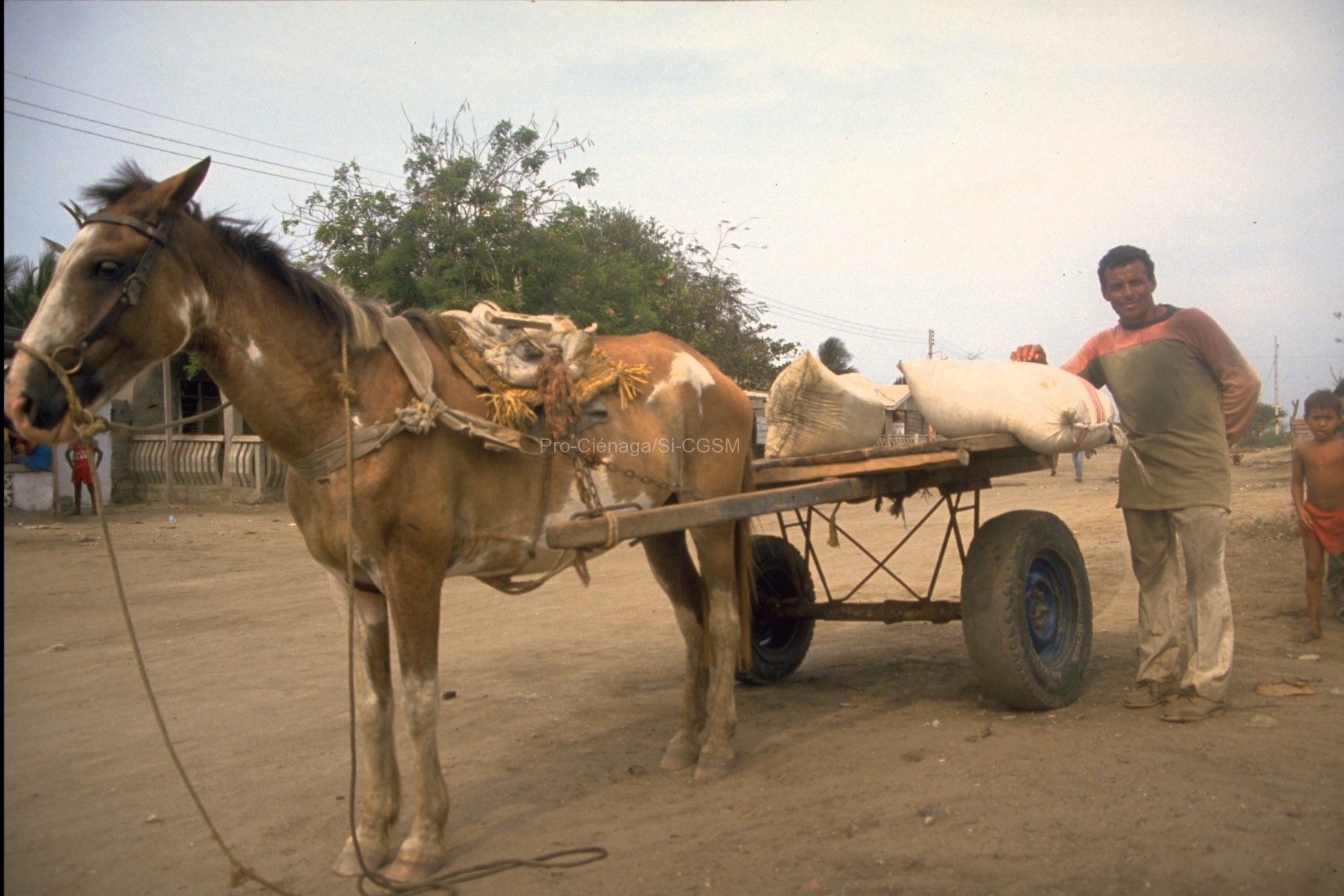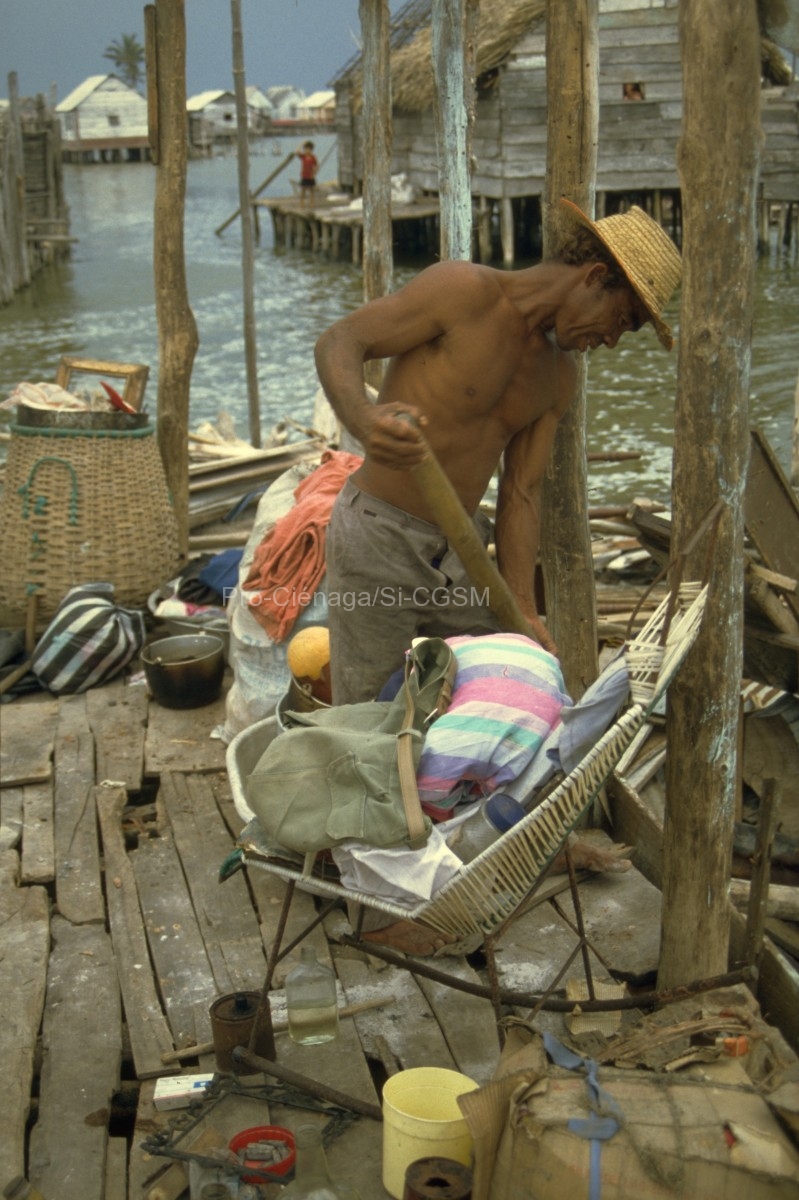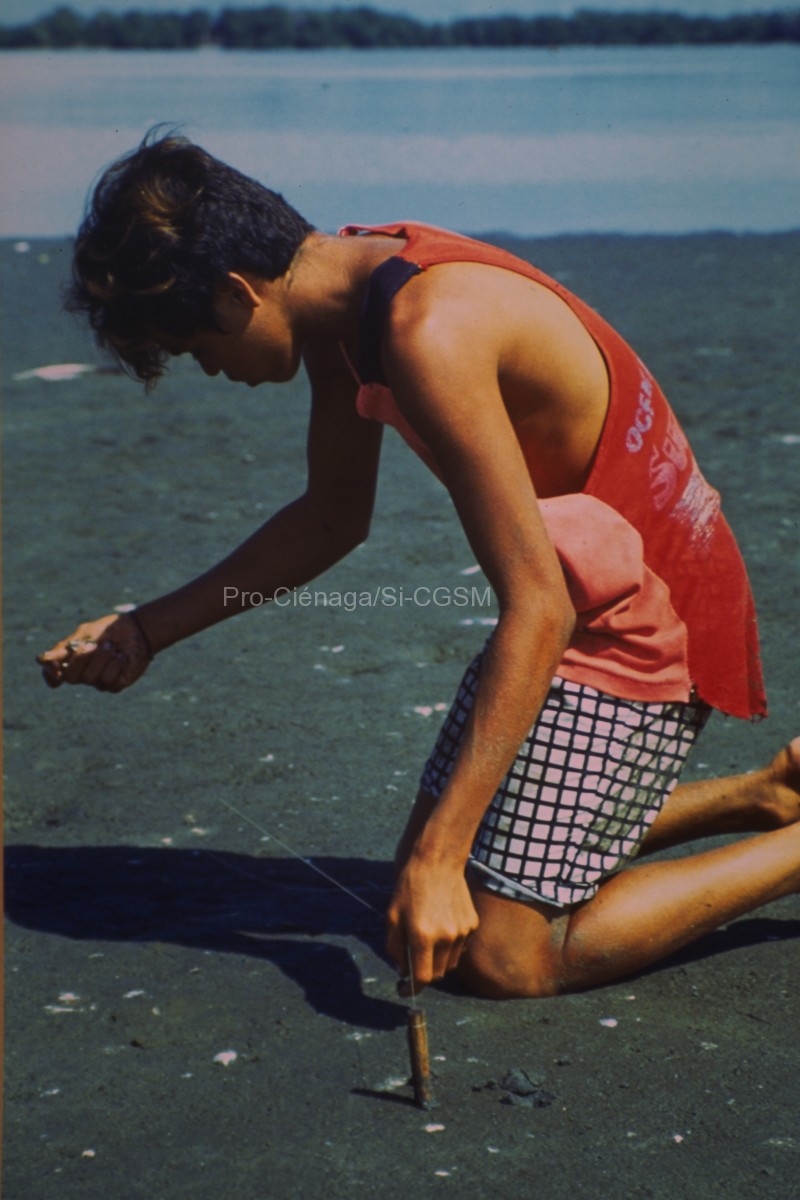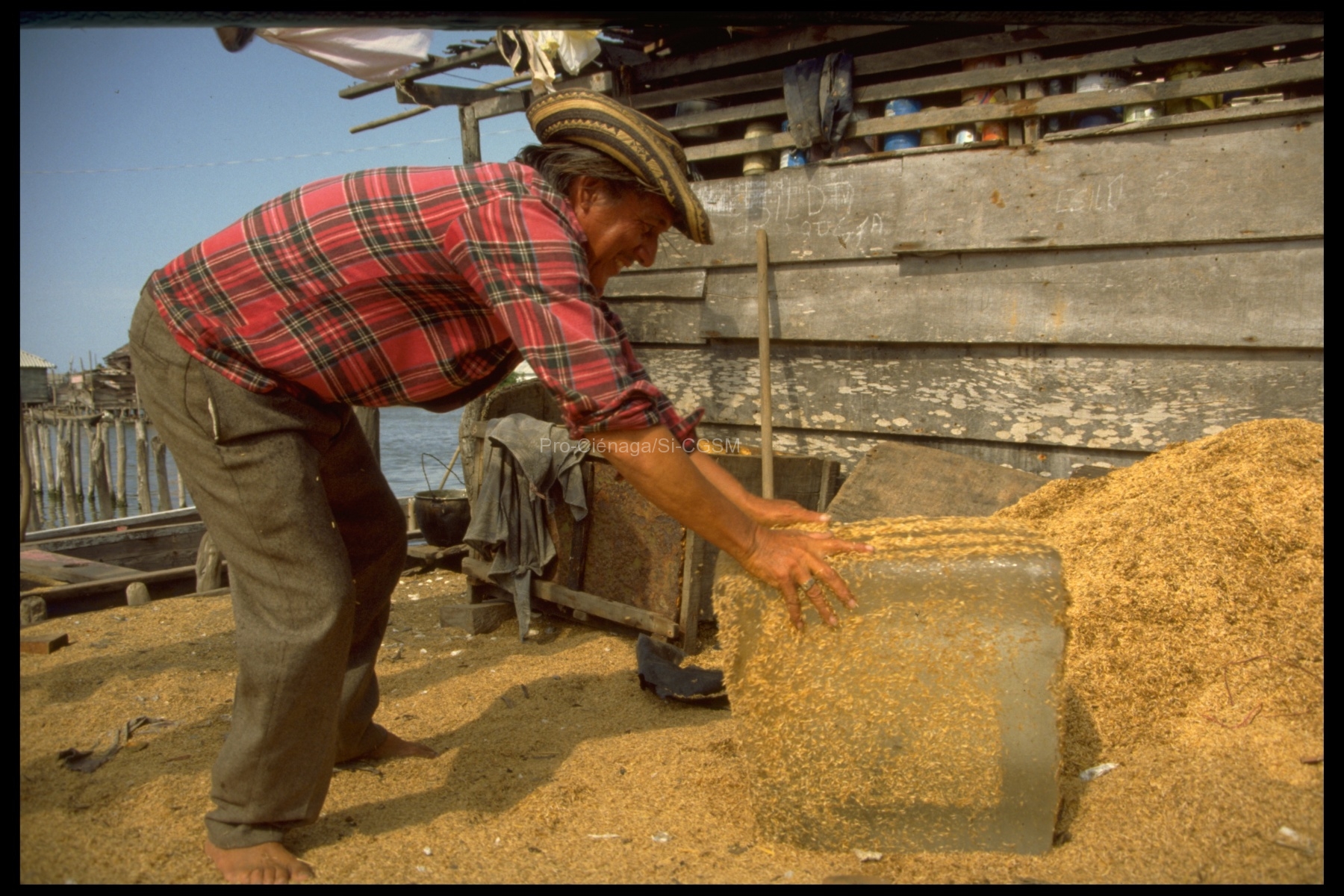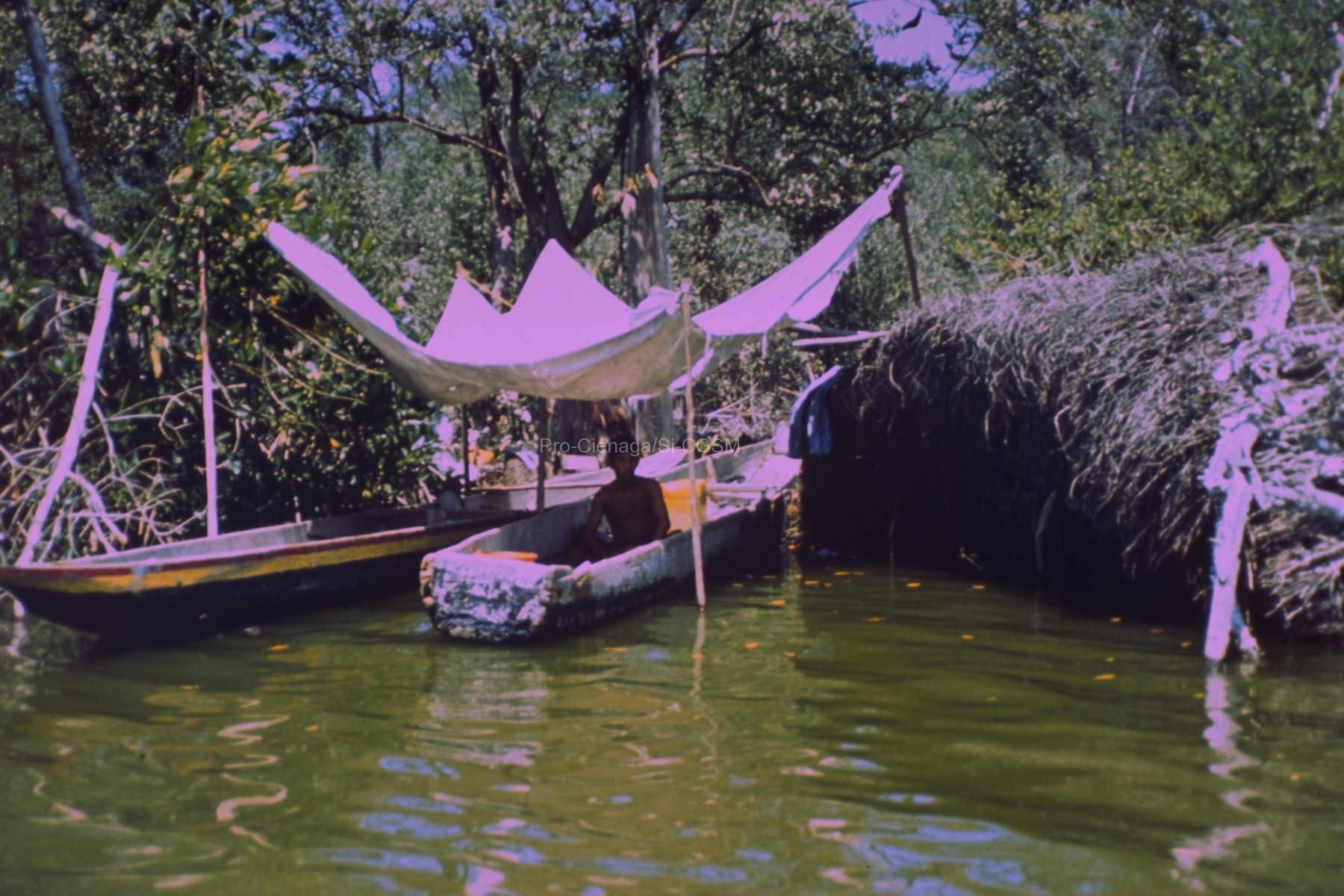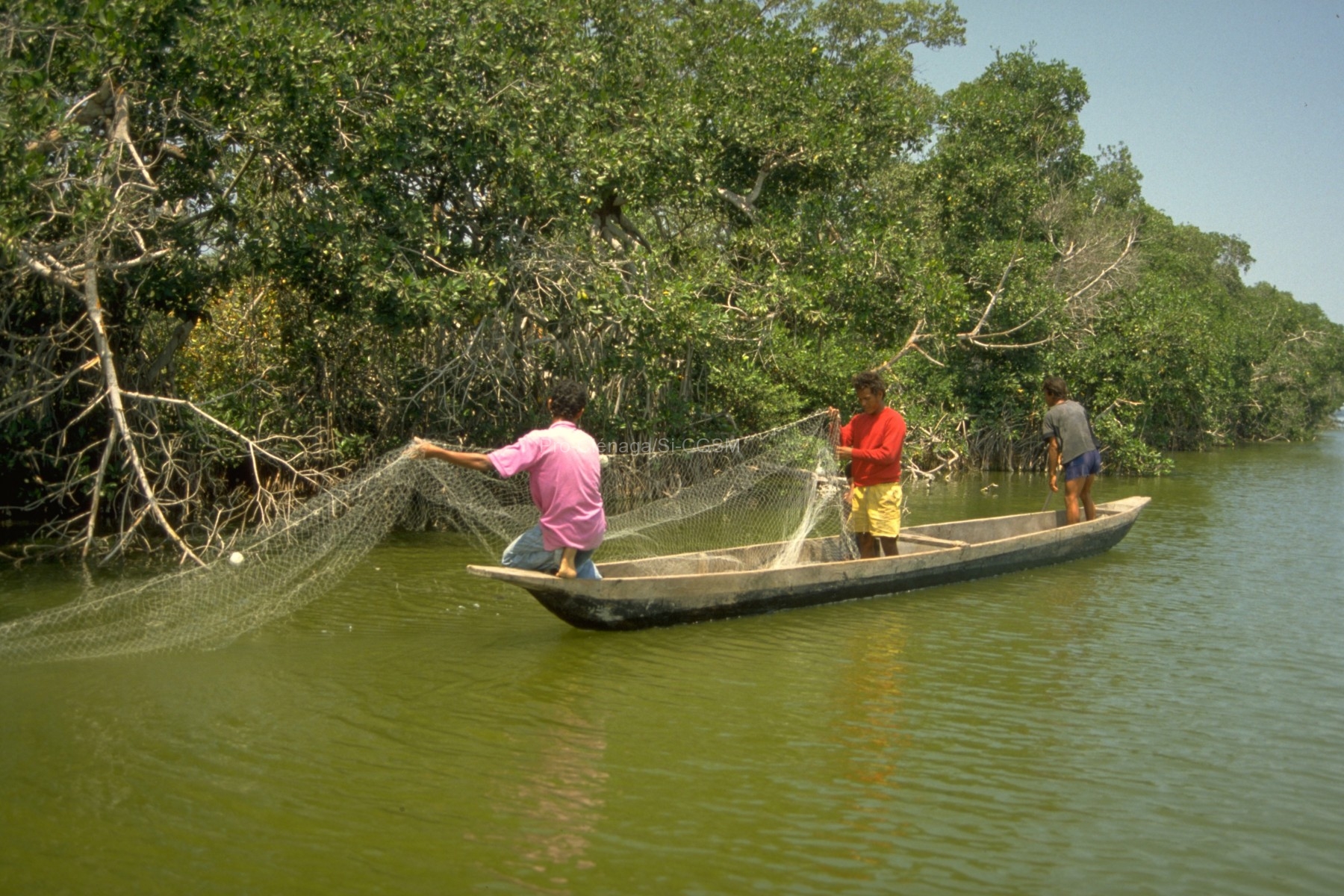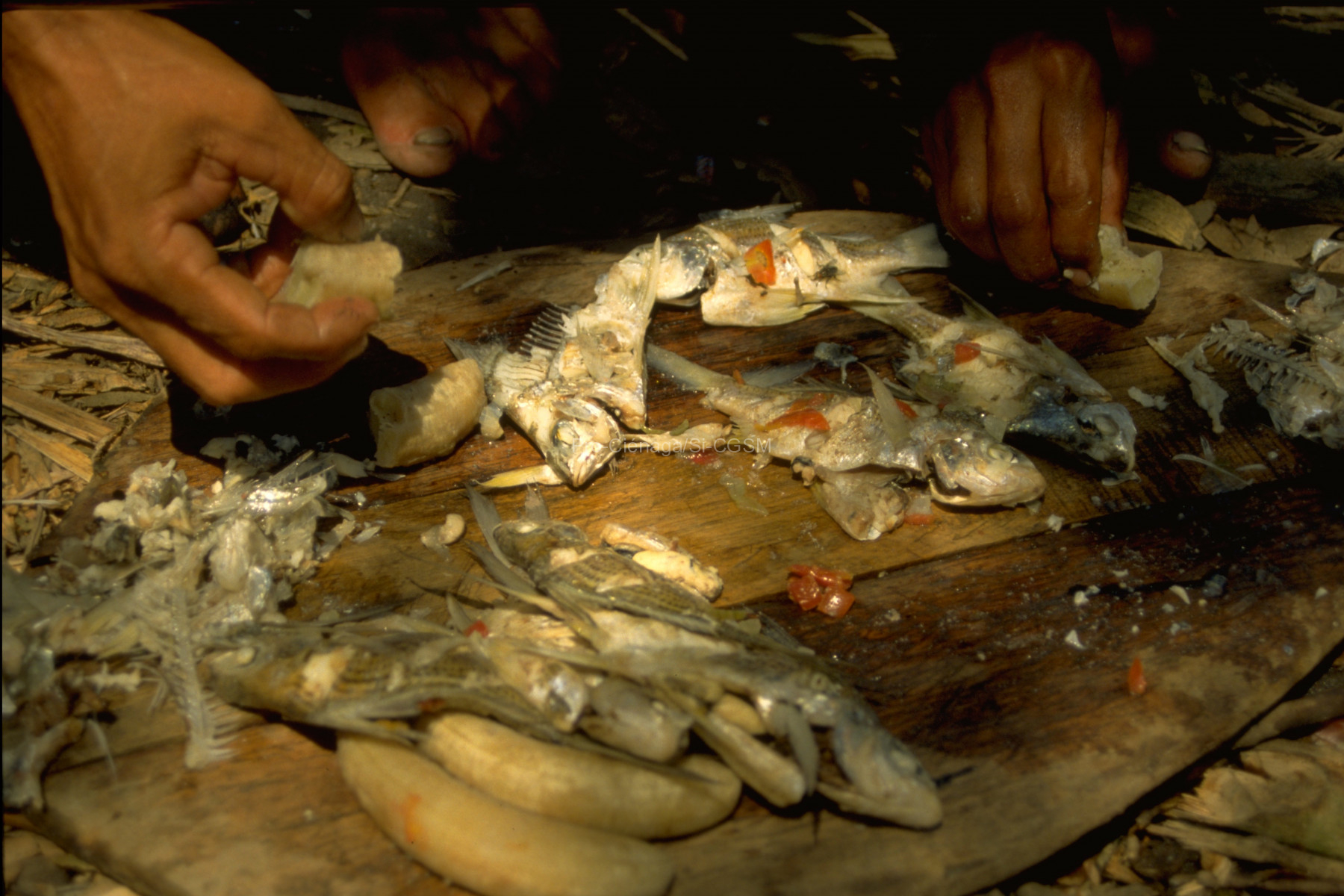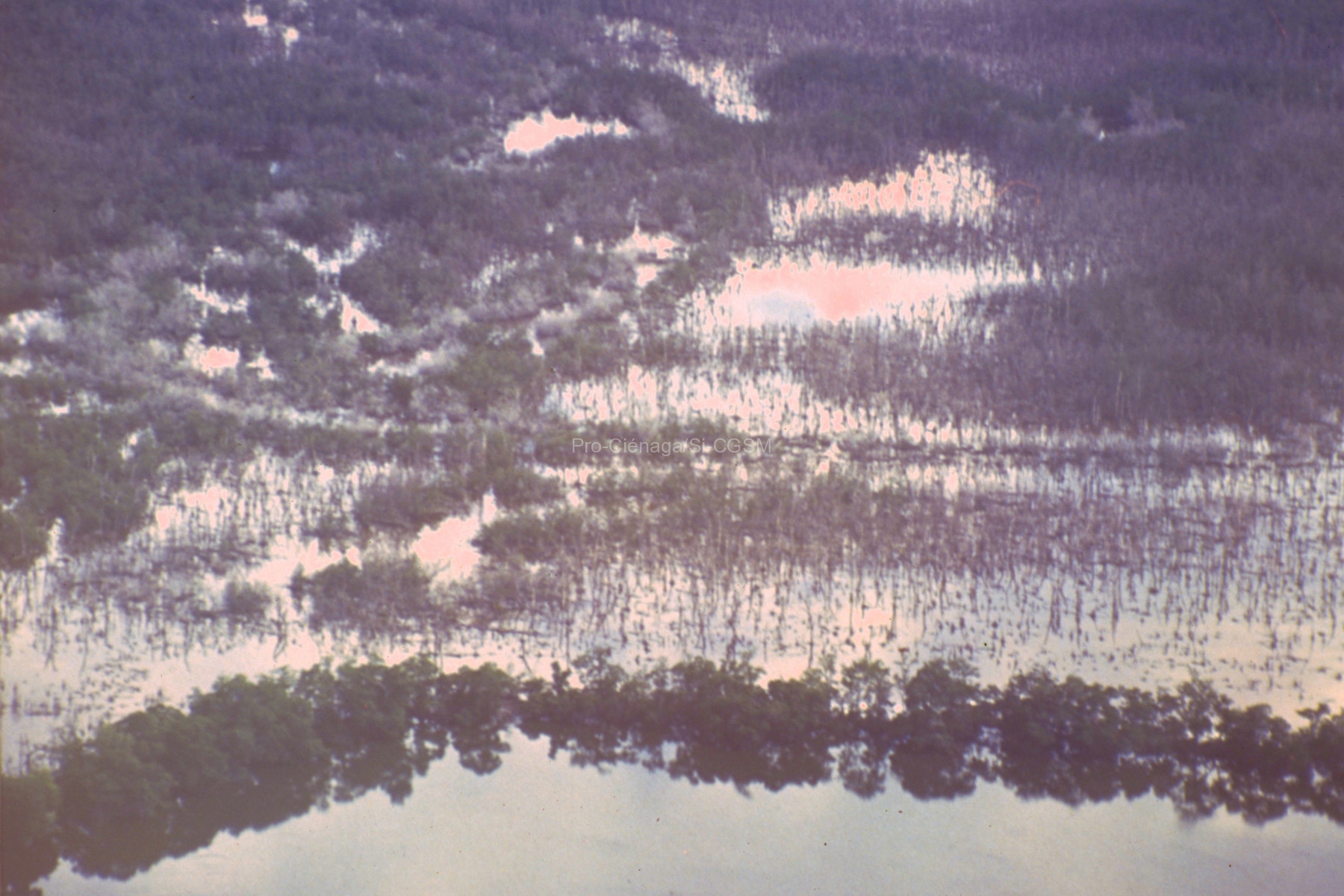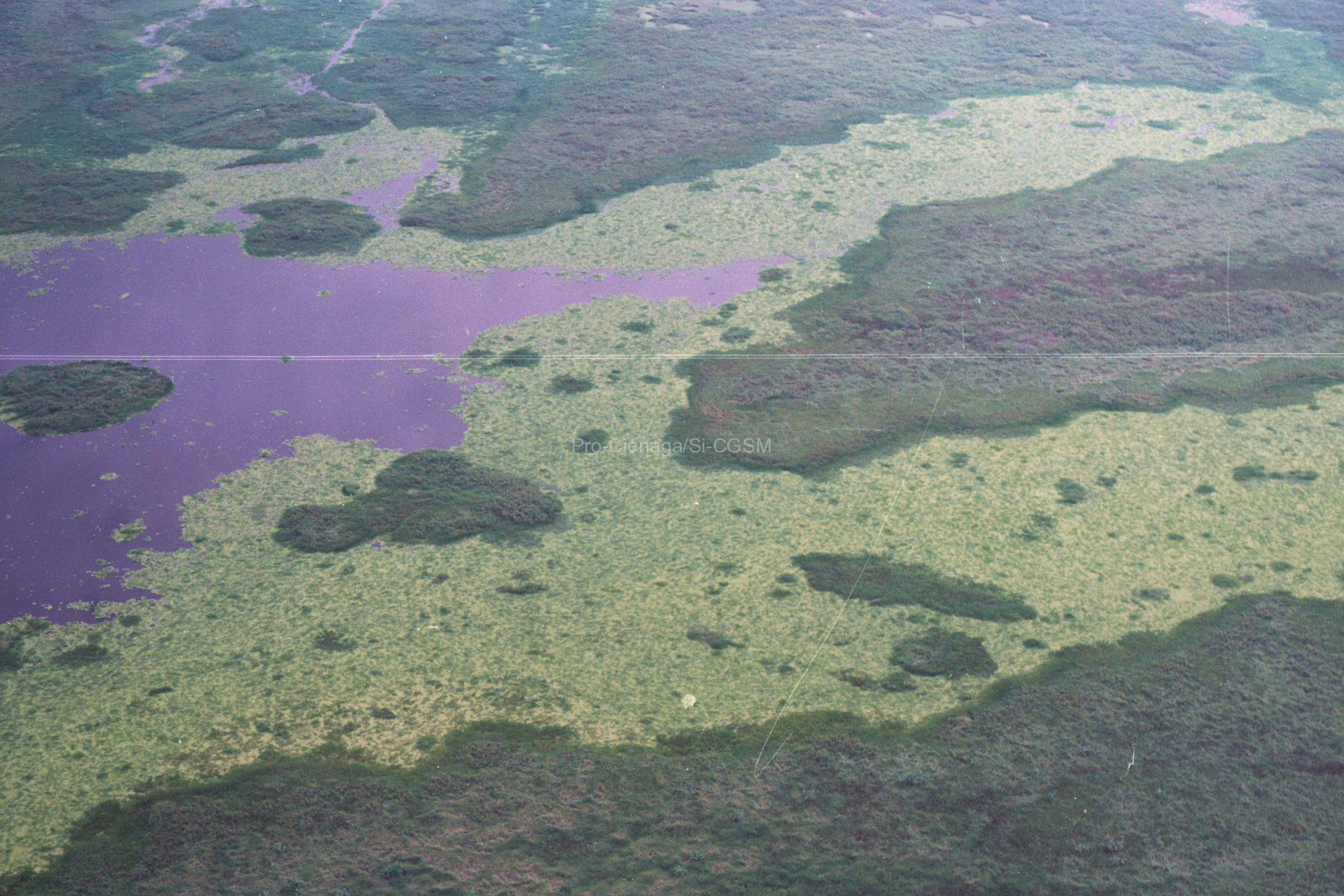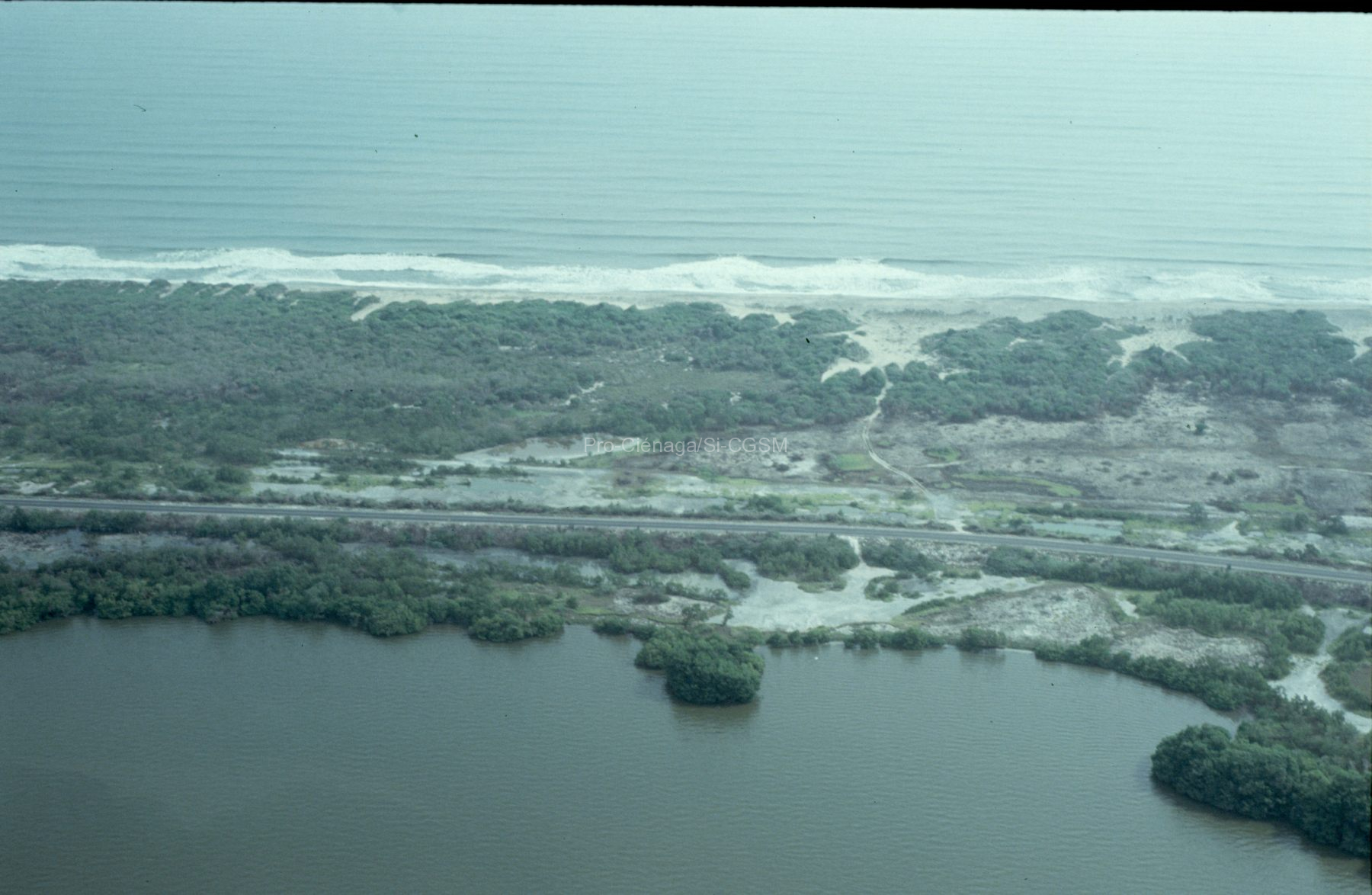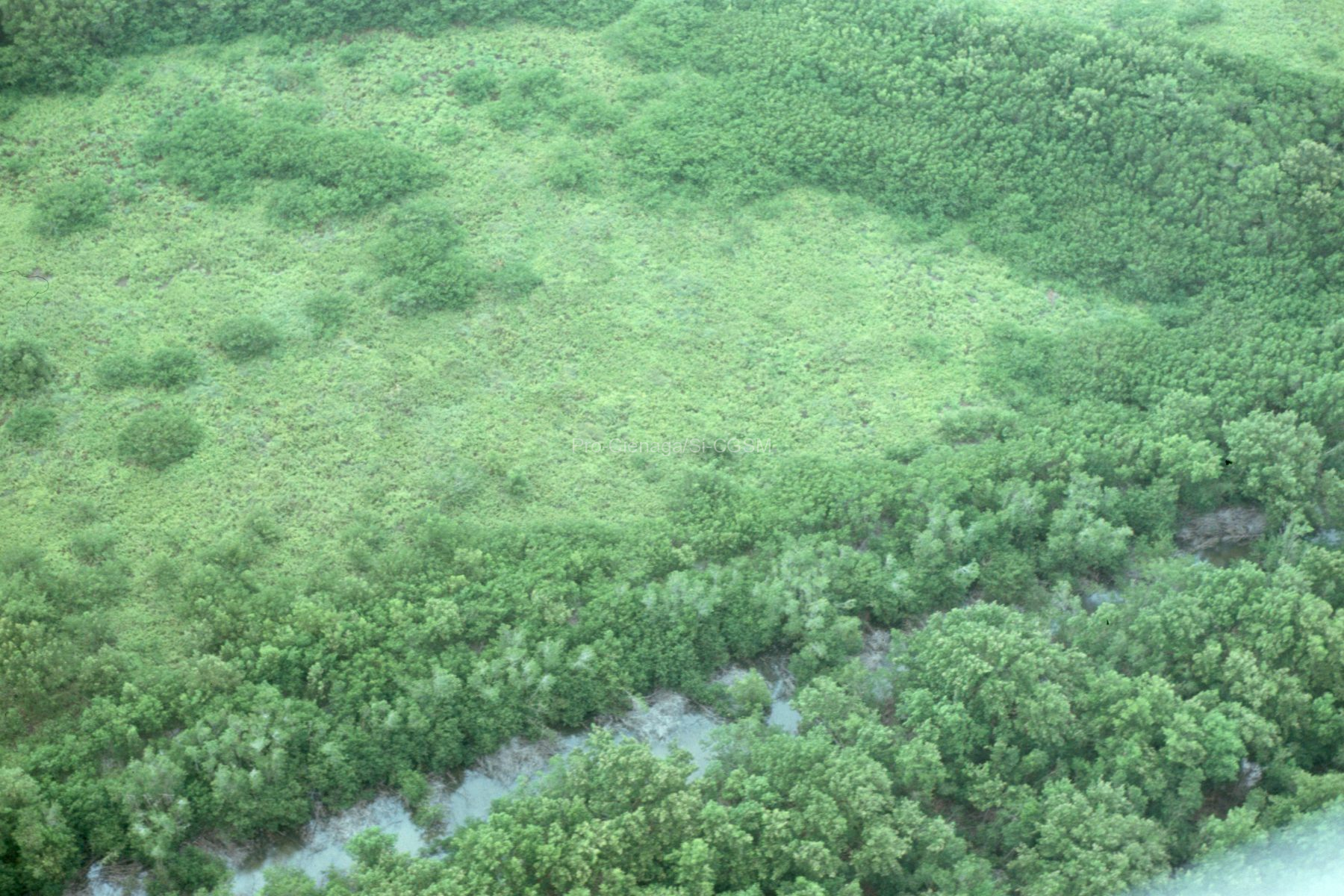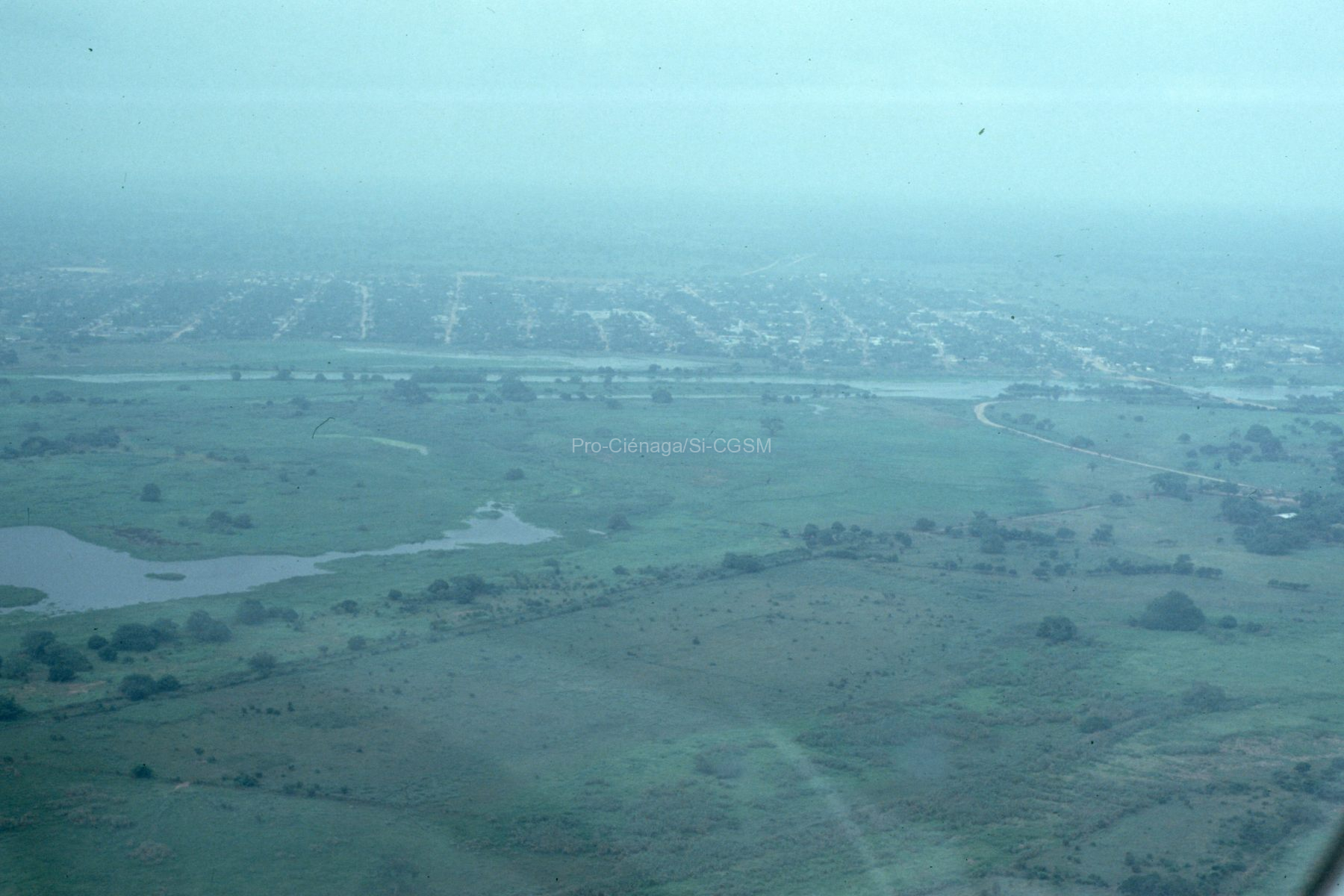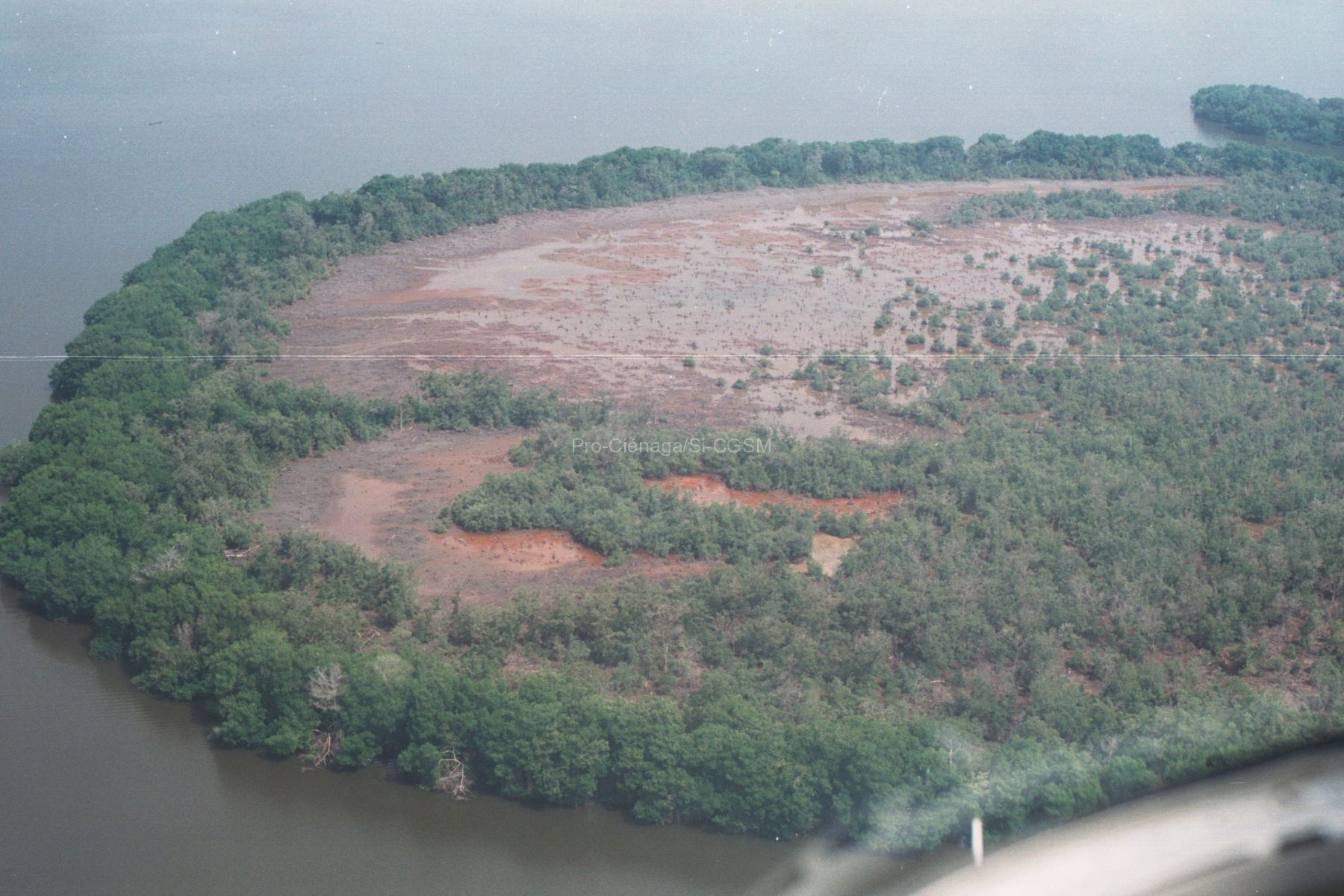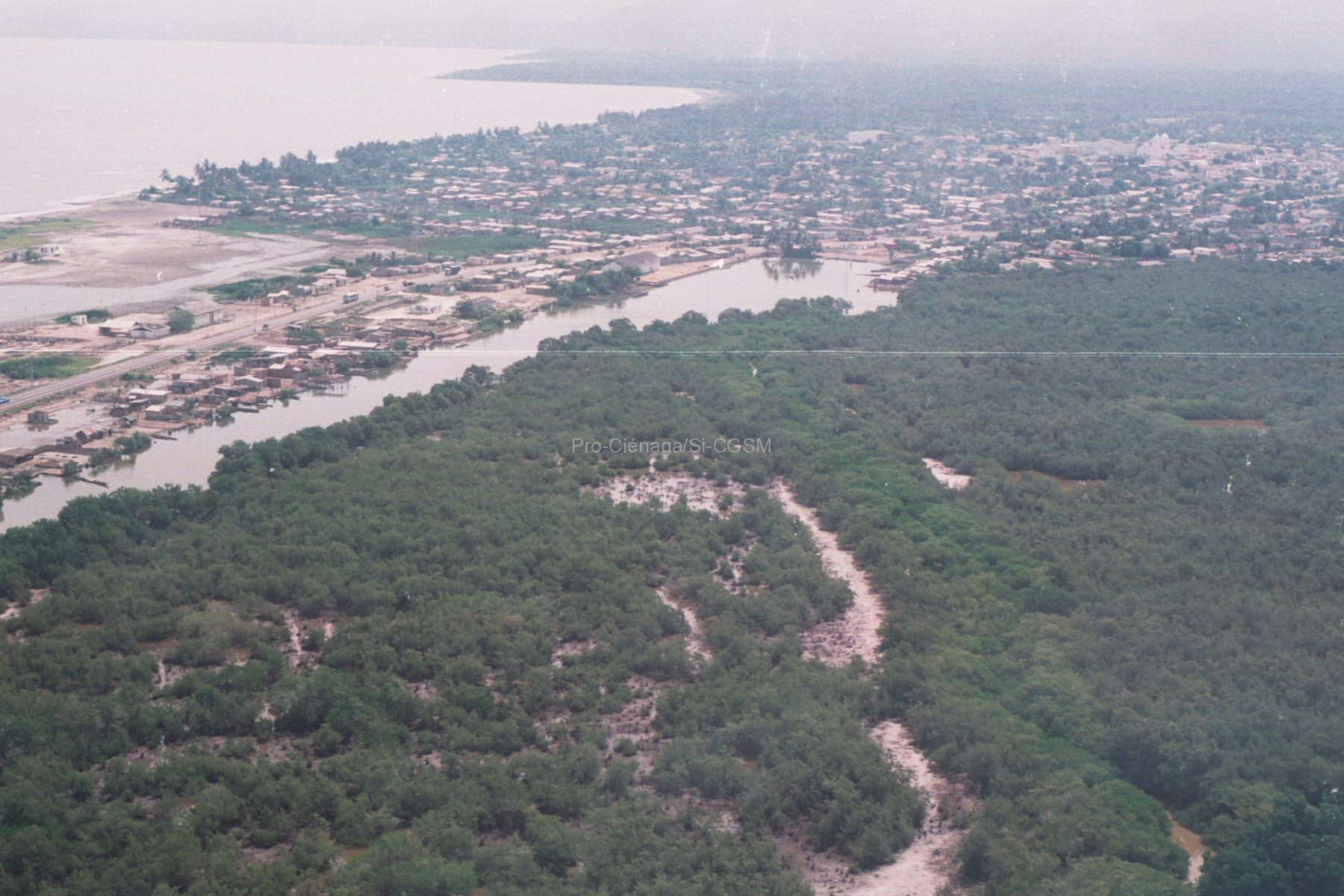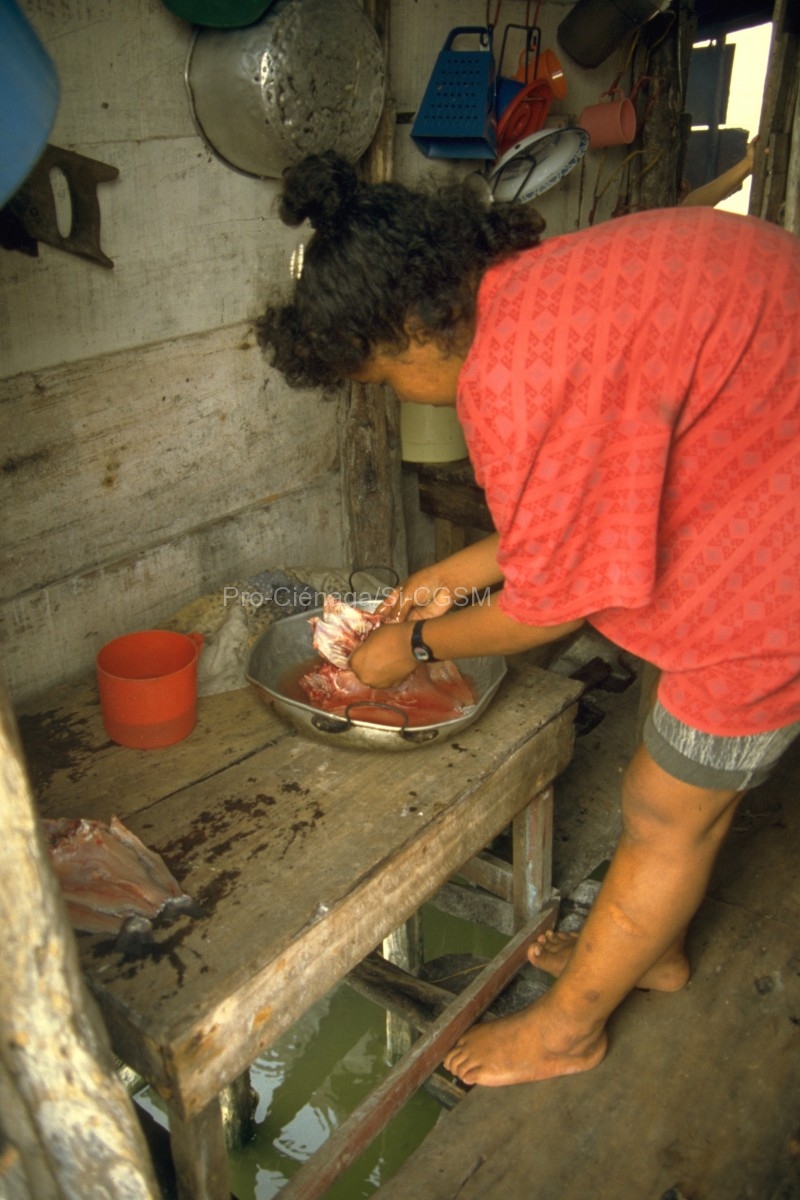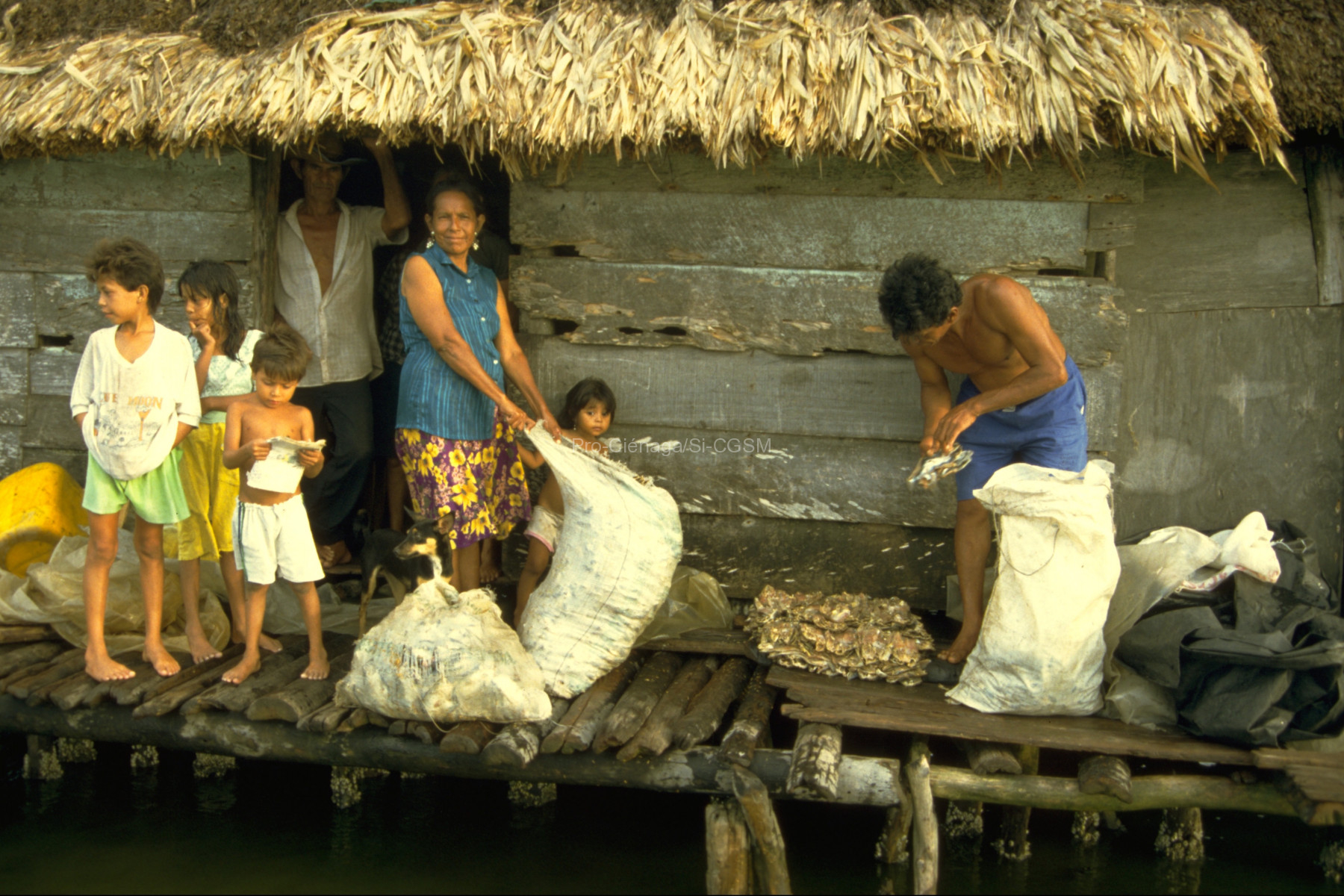Summary
Of the 34 documents classified in this category, 17 have been included in the species catalog presented in Table Aves. The table currently lists 26 orders, 68 families, 264 genera, and 415 species (links opens page for the Aves Category; as the list is long it may load slow), covering the sampling period from 1968 to September 2024. The dedication of hundreds of civilian birdwatchers, known as “eBirders”, who have spent countless hours birdwatching at the sole evaluated station Vía Parque Isla de Salamanca, Centro Administrativo Los Cocos (one of 34 observation points designated for the CGSM Ecoregion) demonstrates a collective effort that surpasses the capabilities of individual ornithologists. The list, referred to here as E98-24, compiles bird observations since 1998 and is continuously updated. It now documents 345 species, including 98 species sighted for the first time in the CGSM Ecoregion.
Source Documents
The earliest documents trace back to 1968 (Toro García, 1969; INDERENA, 1975). However, none of these sources provide detailed information regarding the duration or nature of the observations. While the 1975 report claims to include all of Toro García’s data, it omits information for 19 species. Additionally, the report title suggests observations up to November 1970, yet the text indicates that data from both 1968–1970 and 1973–1974 were considered. The two papers reported 137 and 163 species, respectively, together accounting for 43% of the currently known species.
Botero & Marshall (1995) conducted their sampling between 9 to 10 am during two periods: December 10–17, 1992, and January 13–22, 1993. They followed the methodology outlined by Ralph et al. (1992). Of the 54 species they reported (Table 9), 49 were identified to species level and have been considered.
Álvarez-León & Moreno-Bejarano (2002), while omitting details about sampling dates and methods, claim to provide the first report on nine species: Puffinus lherminieri, P. griseus (Procellariidae, Procellariiformes), Phaethon lepturus (Phaethontidae, Phaethontiformes), Pilherodius pileatus, Tigrisoma fasciatum, Mesembrinibis cayennensis, Fulica americana, Onychoprion fuscatus (reportes as: Sterna fuscata), Sternula superciliaris (reported as Sterna superciliaris). However, this claim is inaccurate for Fulca americana, Tigrisoma fasciatum, and Mesembrinibis cayannensis, as these species had already been documented in earlier reports.
Moreno-Bejarano and Álvarez-León (2003) conducted sampling at various stations in the Santuario de Fauna y Flora de la Ciénaga Grande and Parque Vía Isla de Salamanca during 1978, 1981–1985, and intermittently from 1986 to 1998. Their bird species records were based on the earlier list from Salamanca Island (Toro et al., 1975). Although they claimed to have documented 194 species (p. 522) and 180 species (Table 3), the accurate count is 179 species, as reflected in Table Aves.
In a subsequent study, Moreno-Bejarano and Álvarez-León (2006) reported 12 additional species for the CGSM Ecoregion, without providing specific details on sampling. It is presumed that these species were recorded during the same periods and at the same stations as in their 2003 study, and they have been incorporated into the same row in Table Aves. Together, both papers contributed a substantial 13% of the bird species currently known in the region.
Ruiz-Guerra et. al (2008) reports on shorebirds in the Caribbean Coast and their abundances; the 19 species mentioned for the CGSM were considered.
Ruiz-Guerra et al. (2012) conducted three waterbird counts at various stations (Table 1) on February 19 and October 9, 2011, with a third count on March 4, 2012. Each day, three teams of observers were deployed, totaling 75 observation hours. Additionally, two overflights were carried out: the first on October 8, 2011, and the second on March 3, 2012. In total they reported 90 species in their table 3.
Since 2016 the annual monitoring reports on the CGSM of INVEMAR (2017, 2018a, b, 2019, 2021b, 2022, 2023), include data on bird counts for all years except 2020, which have been included in Table Aves:
I17: Surveys during the dry season (July) and rainy season (August and September) [2016], without further details on sampling methods. They mistakenly report 486 species (on page 94) and 5,067 specimens; anex 4 shows 125 species as included in Table Aves.
I18a: Monthly surveys were carried out from 06:00–06:30 to 10:00–10:30 a.m. between April and November 2017. Ttwo visits were made to each station, covering the predominant climatic seasons in the region.
I18b: Sampling took place in March and June 2018, between 05:30–09:30 a.m. and 14:30–17:30 p.m., with 7 hours of observation per day at each of the five stations, recording 2,054 specimens. Although Appendix 1 lists 96 species, the report mistakenly claims to document 102 species (p. 112).
I19: A total of 70 hours of effective observation was completed during July, September, and November 2019, with 6,327 specimens reported.
I21: Observations were made at the mangrove edge between 06:00–11:00 a.m., but no specific sampling dates or durations were provided, assumed to be from 2021. A total of 2,486 specimens were recorded.
I22: Twenty hours of effective observation occurred between October 4 and 7, 2022, reporting 1,734 specimens.
I23: Twenty hours of effective observation occurred betweenOctober 17 and 20, 2023, reporting 1,560 specimens.
E24: A total of 129 civilian birdwatchers, known as “Ebirders”, have collectively spent hundreds of hours observing and documenting bird species at the observation point Vía Parque Isla de Salamanca – Centro Administrativo Los Cocos. Between January 11 and September 8, they submitted 140 reports, identifying 142 species. This preliminary list is set to be updated by the end of 2024.
E98-24: Since May 16, 1998, 882 civilian Ebirders have devoted countless hours to birdwatching at Vía Parque Isla de Salamanca – Centro Administrativo Los Cocos. They have compiled 1,173 listings, recording a remarkable 345 species as of September 8, 2024. This list, too, will be updated by the close of 2024. Currently they contribute with 24% to the bird species currently known in the region.
Supplementary Records
The following six papers (in chronological order) report specific species names which already are included in table 1:
Werding, B. (1973): description of Maritrema magdalenae n. sp., a trematode found in Limnodromus griseus.
Botero & Rusch (1994) report on the food of Spatula (Anas) discors.
Hennig (1998) on the biology of Phalacrocorax b. brasilianus.
Balaguera-Reina et al. (2010) report on nocturnal fauna, observed from August to December 2006 at several sites, with a sampling effort of 168 hours per month. They reports on seven species: Aramides cajeanus, Butorides striata, Jacana jacana, Megaceryle torquata, Nycticorax nycticorax, Asio (Pseudoscops) clamator, Tachybaptus dominicus.
Eusse (2013, Nov. 29), the period during which bird counts were conducted is not specified; they mention four species: Phoenicopterus ruber, Nannopterum (Phalacrocorax) brasilianus, Calidris himantopus, and Phalaropus tricolor.
All other documents indexed under the Aves category were excluded, either due to a lack of detailed information or because they were deemed irrelevant to the bird species catalog for the CGSM Ecoregion.
References (in chronological order)
T69: Toro García, G. (1969). Avifauna de la Isla de Salamanca (p. 24). Inderena.
Hennig, V. (1998). Investigaciones sobre la biología del cormorán o pato cuervo (Phalacrocorax b. brasilianus) en la Ciénaga Grande de Santa Marta, Colombia. Untersuchungen zur Biologie der Biguascharbe Phalacrocorax b. brasilianus in der CGSM – Investigaciones de la biología del cormorán neotropical en la CGSM. (p. 43). Pro-Ciénaga
Creado / actualizado por Horst Salzwedel en septiembre de 2024.

